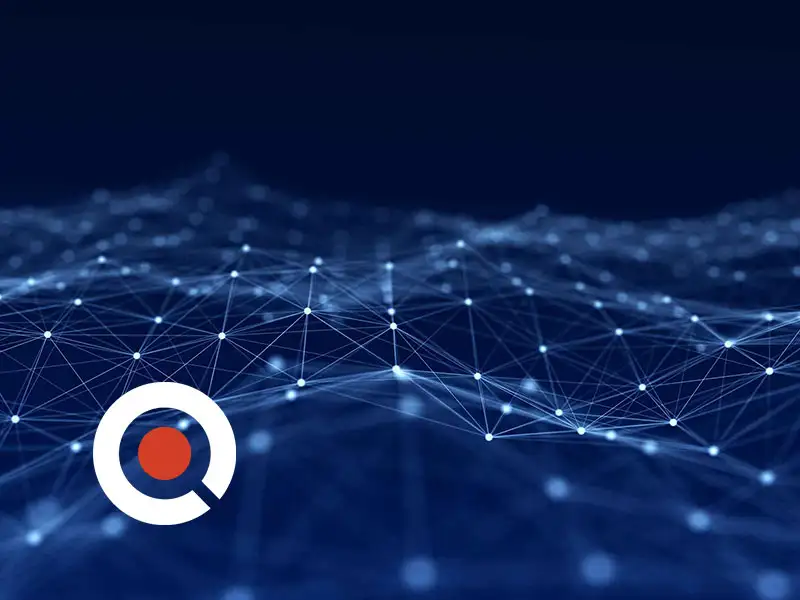
Use Of Virtual Reality In Teaching And Learning
Generation Z? Sounds like a cheap knock off of Generation X but looks like these new kids are learning with the best tools ever created by the human race.
The millennials, aka Generation Y, were the first generation to experience globalization with the internet being made available to the public. This generations started to grow as the world of technology grew with them. Home computers became a common thing and a whole new industry was on the rise.
Imagine being into the era where technology is not developing but is at its pinnacle. In fact, you don’t have to imagine that, you are living it. Here’s how technology is changing the way knowledge is transferred and news skills are taught.
Integration Of New Technology In Schools
There was a time when talking in class was considered taboo. You couldn’t speak to your peers and one could only think of speaking to the teacher if spoken to. Imagine being in a school like that. The days of the backwards past are gone since we have come a very long way in the education sector (more or less), but at least we’ve grasped the concept of peer to peer learning and allowed students to talk to each other.
When cell phones and handheld video game consoles became very common, every school made sure they were absolutely banned from the classroom, but you’d still have some mavericks that were able to sneak in and use them during classrooms.
Today classrooms have become technology friendly. Communication technologies are being implemented in the classroom to create a better learning environment. Laptops, SMART boards and tablets are used to create an interactive curriculum that keeps the kids interested in learning because let’s be honest, a kid who can instantly learn from the tablet would never choose a bulky old textbook over it.
Virtual Reality For Education
As virtual reality becomes more and more accessible to people, it is evident that something this useful is slowly finding its way into the everyday school curriculum to help kids learn better. So how can VR help us learn and teach?
Well, first of all let’s consider the possibilities that open up with VR use. For example, a history teacher is explaining to the kids how the Colosseum was designed for gladiators to fight while the crowd watched and the Caesar sat in his special section. It’s all pretty good with pictures and words, but imagine taking someone right in the middle of the action. That was not achievable before VR. With a virtually integrated environment, kids will not just be able to experience the lessons that they are being taught, but also interact with the environment to learn more about it. This sort of a learning experience does not end just with school, it could turn into a lifelong learning experience.
Augmented Reality
Pokemon Go became the craze of the world for about a couple of months (yeah it died down pretty quickly), but it did give us something very useful. It was the first time so many people had firsthand experience with Augmented Reality.
Augmented reality is amazing as it takes a real world environment and creates a digital world using that same environment. It works through the camera on the device that an individual uses. Imagine being I the iron man movie and Jarvis is telling you all about the world around you. All it would take is for the person to point the camera towards the object in question and ask anything about it.
The possibilities are endless when you think in terms of virtual learning. Things that are unseen can be in front of your eyes through virtual representation. Let’s take another example:
If someone wants to study the carbon cycle of let’s suppose a tree, the camera can be pointed towards the tree and through arrow representation we can see the respiratory system of the plant in front of us.
Augmented reality is a beautiful way to learn but we’re still a long way from it being good enough to be used for everyday purpose. There are still some kinks to work out such as slow response time and glitches in the digital deployment, but we’re getting there.
We might be a bit far away from the full implementation of VR learning, but it’s better to be prepared than to be flung into the battle unknown. With platforms like ExpertConnect, you can get ahead of the curve and start learning about the advanced ways of learning before they are fully implemented. Who knows, maybe you are the one destined to bring these technologies to perfection.
